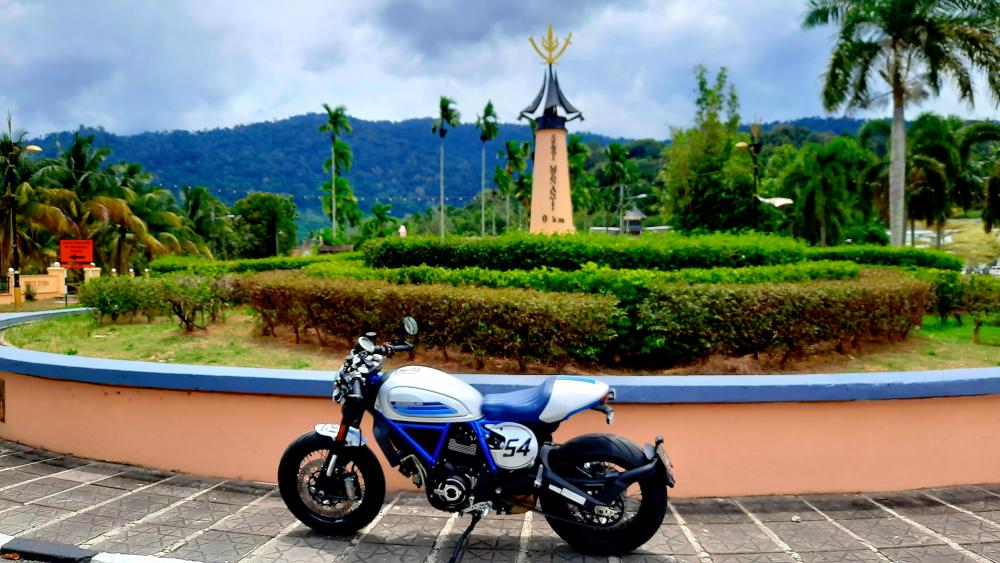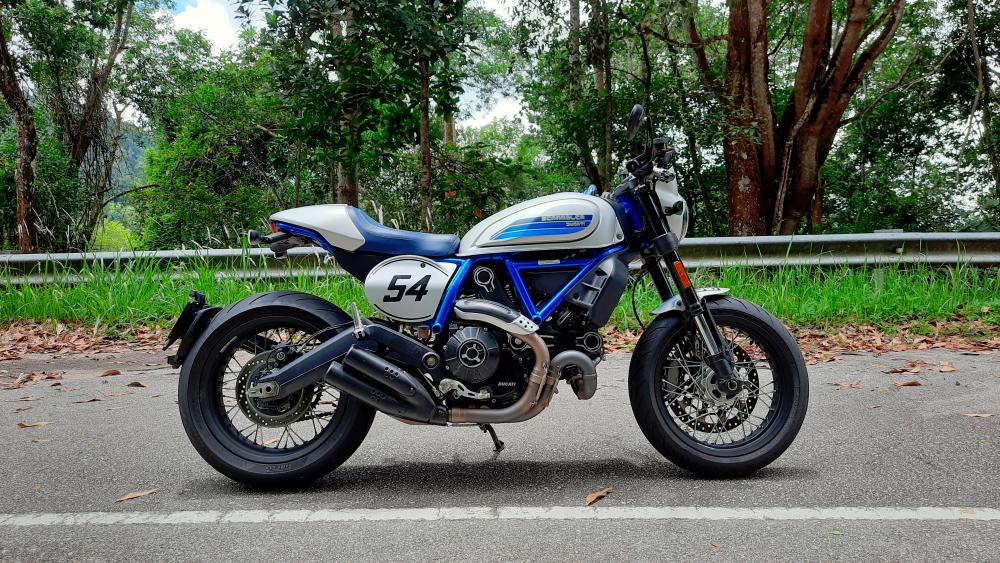WHILE their numbers are quite small worldwide, compared to other types and categories of motorcycles, the “cafe racer” style motorcycle has its fans here in Malaysia.
Like in many other countries, the cafe racers here are almost always in the form of motorcycles that have been modified or converted to have that “look”.
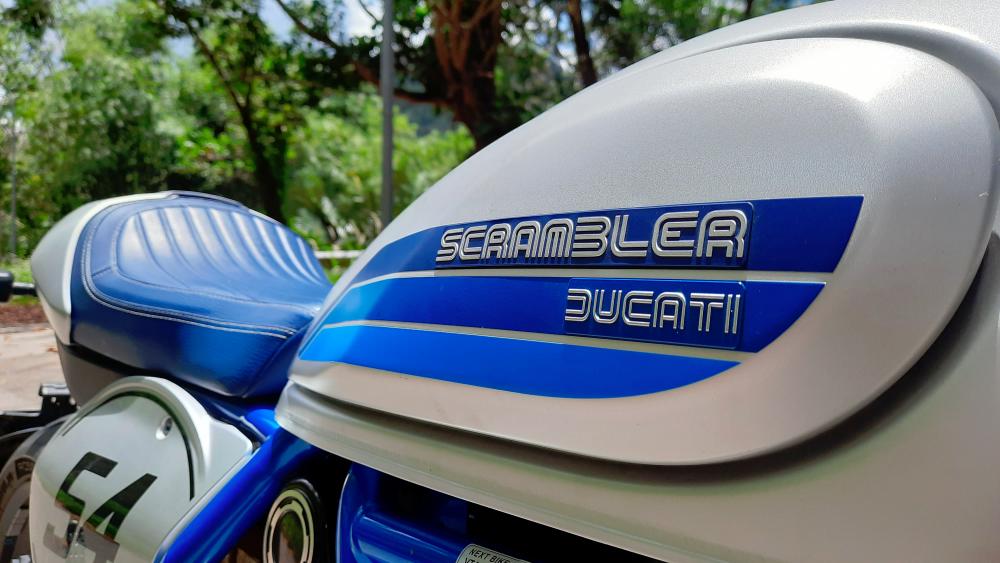
A very simple description of a cafe racer is that it has minimalist styling, with many non-essential parts removed from the (original) motorcycle by the owner, to lighten it, so that it can be optimised for speed and handling – for quick rides over short distances – rather than comfort and practicality.
In the early years, decades ago, cafe racers were based on motorcycles that originally came off their respective factories as other types (sportsbikes, streetbikes, scramblers, sports tourers, cruisers,full-dress tourers and even mopeds and scooters), since no motorcycle manufacturer dared to mass-produce worse-than-spartan motorcycles that are comfortable and/or safe for just one rider, with no side mirrors and hardly any gauges!
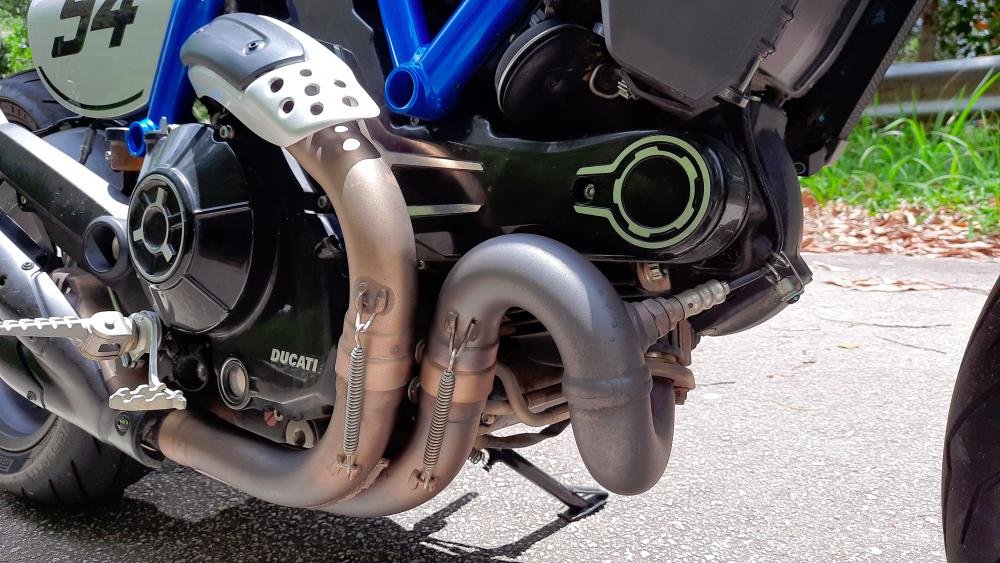
Most cafe racers are still modified, chopped and customised motorcycles that were not cafe racers. However, for motorcyclists who want one but are not good at converting their motorcycles into cafe racers or simply couldn’t be bothered to do it themselves, due to other reasons, there is an option.
Many years ago, the market saw a few motorcycle companies introducing in small numbers their own interpretation or re-interpretation of cafe racers, with decently warm response from cafe racer fans.
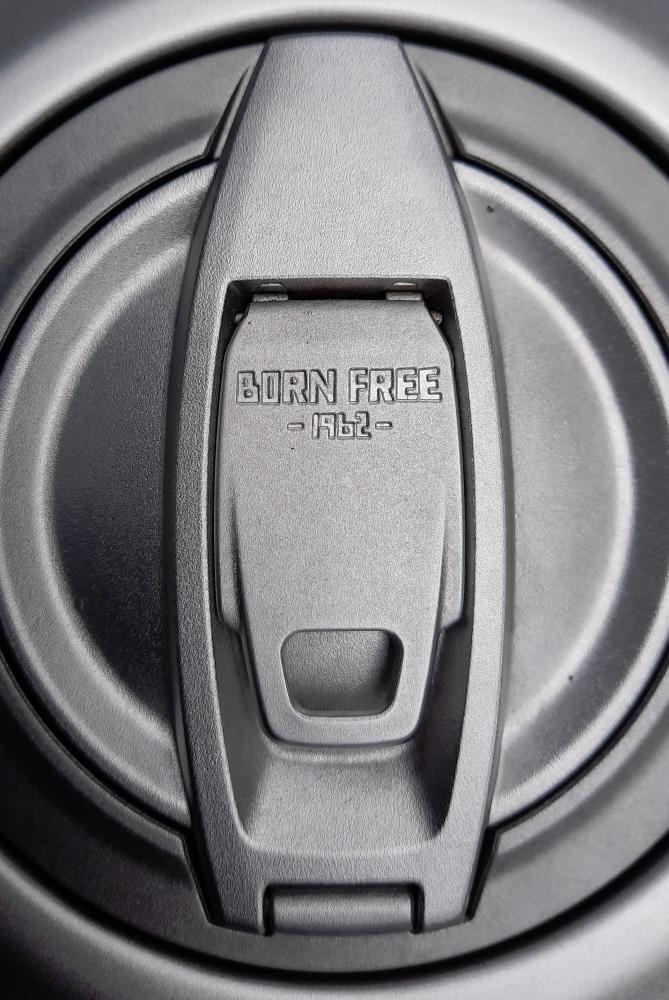
While one or two (that I can recall) companies created totally new cafe racers – with new frame/chassis, engine, styling and everything else just for it – others simply converted motorcycles that they already have in their line-ups into cafe racers, or rather, motorcycles that fit into the cafe racer category.
That’s the easier route to go; due to the small number of potential buyers of cafe racers, since it is a lot of work and expensive to design, create, test and promote a totally-new cafe racer.
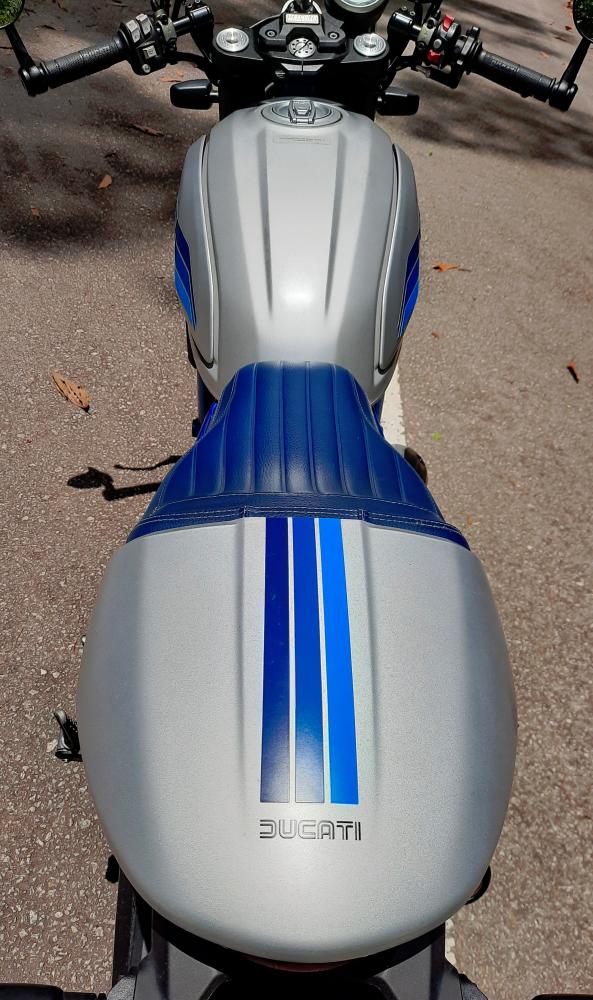
Besides, the cafe racer tradition is that they are always motorcycles based on other motorcycles, just like non-prototype race motorcycles (and cars).
This Ducati Scrambler Cafe Racer in these photos here is such an example. It is based on the current Ducati Scrambler range of motorcycles launched into the market in 2015, in which the “Scrambler” brand name and design concept revived Ducati’s Scrambler line of single-cylinder dual-sport motorcycles (imagine those SUVs that are comfortable both on and off road) made in the 1960s and 1970s.
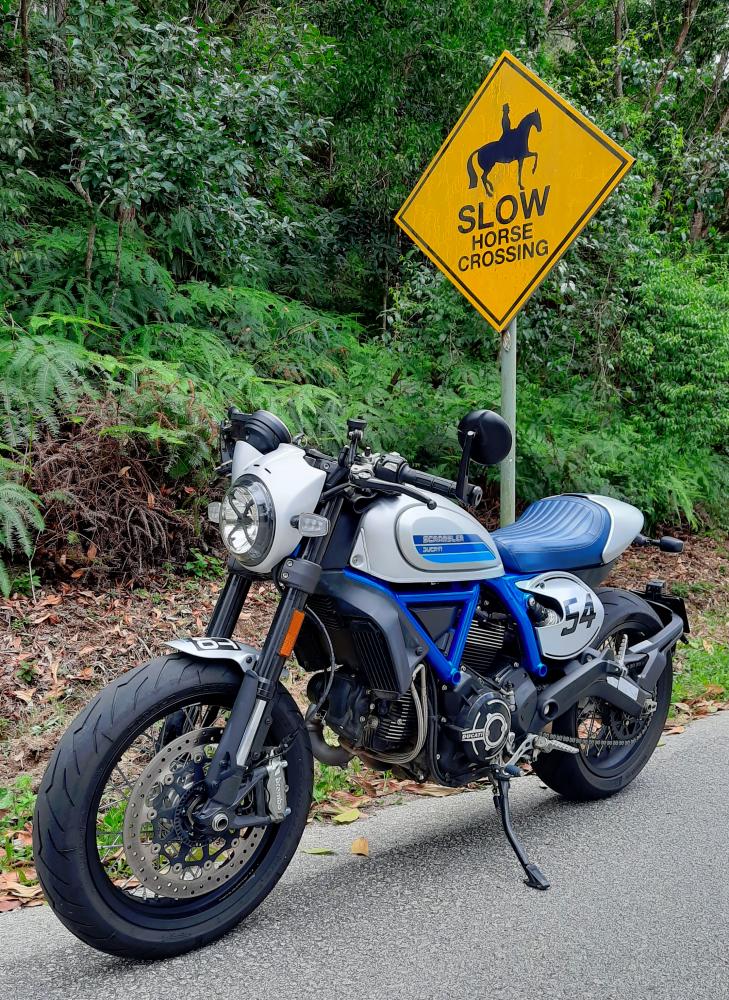
This one that I spent a few days with is based on the 803cc scrambler-Scrambler range (there are 399cc and 1,079cc non-Cafe Racer Scrambler variants too, at present), hence this “Scrambler Cafe Racer” variant.
For the Scrambler Cafe Racer, Ducati replaced the typical tall-and-wide scrambler-style handlebars with clip-ons and designed a different seat for it, which is equipped with a seat cover for the passenger and tweaked the suspension to suit this road-only variant, among others.

Other cafe racer and racing influences include handlebar-end mirrors typical of 1960s racing, Termignoni exhaust system with double silencers, headlamp fairing, side racing number** holders and Pirelli Diablo Rosso II with 17-inch aluminium rims.
With a styling that is a clear reference to the style of the “Rockers”* that zoomed along the English cities and towns not along after the end of World War 2 (the era cafe racers appeared), “the Scrambler Cafe Racer reinterprets what was one of the most influential movements in the history of motorcycling,” says Ducati.

This Scrambler Cafe Racer is exhilaratingly very nimble and ever-so-happy to lean into corners, with more-than-sufficient amount of power, grip and stability (there’s corrnering ABS too) complementing the thrill.
The display layout is not so good – the fuel gauge is at the top of the circular display and the tachometer is at the bottom. You shouldn’t be looking down too far to see the rev, but seasoned riders will surely argue that one needs to only “feel” how the engine is doing, rather than read what the display shows.
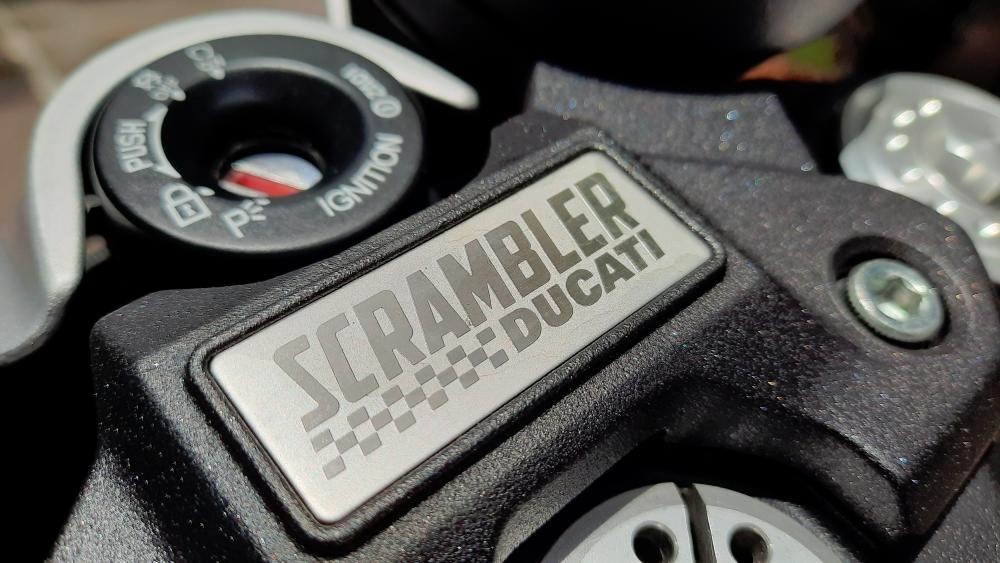
But not all of us are seasoned riders. Looking waaay down at the circular digital instrument cluster takes your eyes a few crucial milliseconds off the road and that’s not very good. The fuel gauge shouldn’t be occupying such a prime, top position, since there’s already a large fuel range you can choose to display.
Also, the rev counter moves in a weird way, from right to left in a U-motion, instead of the traditional left-to-right arc. It is also hard to read and you need to ride a lot and be familiar with this bike, to get the aforementioned feel of the rev without looking at the display.
The cluster’s weird, off-centre position is another strange choice by Ducati, triggering my OCD!
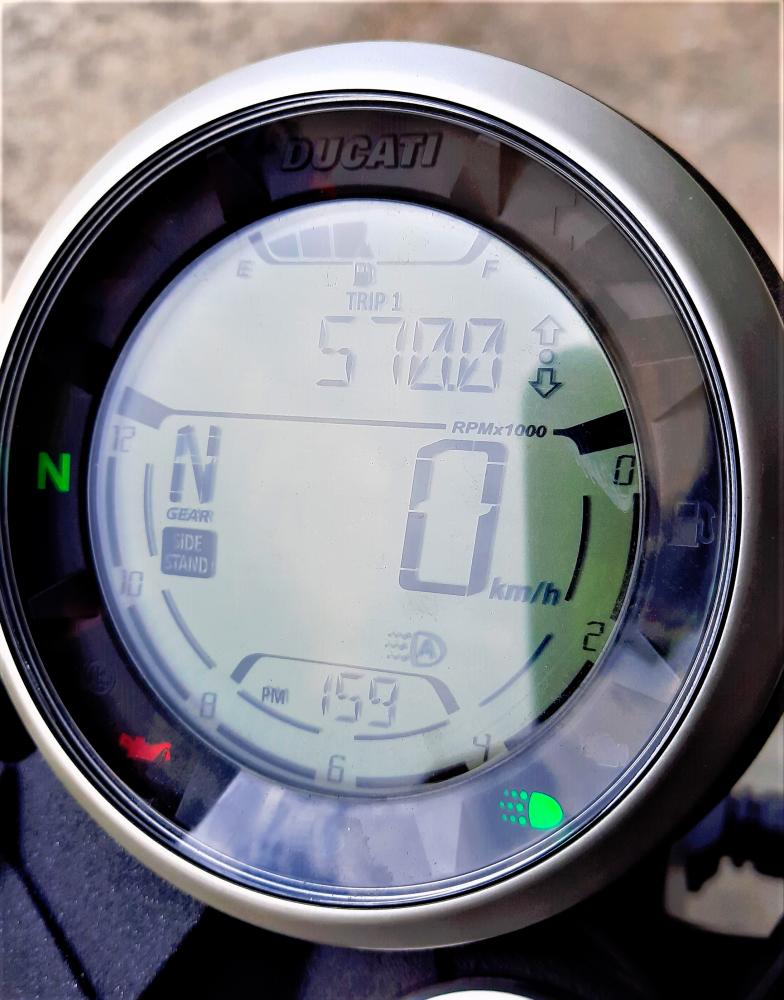
After four days and nearly 600 thrilling kilometres with it, I highly recommend this machine to those of you who love attacking corners and going up to just 200km/h (its stop speed, give and take a few km/h) – quite rapidly – on this booming, 67Nm, 73hp, 803cc, sub-200kg L-twin machine.
Like what cafe racers are, it is a very impractical machine – roasting your b@lls in below-70km/h traffic, the slippery saddle (made for quick weight-shifting in zig-zaggy corners), nowhere to hide from the windblast at 170km/h onwards (worse if you are much taller than 165cm), a pretty much useless and even dangerous pillion seat (unless she/he hugs you like a hungry python!) and not practical for long, faraway rides.
However, if it’s mainly for corner-attacking thrills and fun on backroad twisties, this RM67,900 (on-the-road) Ducati is one of those point-and-shoot, short-range missiles – like a cafe racer should. It’s a blast.
*It’s easier if you just Google “rockers” and “cafe racer” together, to know what/who the former is!
**“54” is the racing number of one of Ducati’s legendary racers, Bruno Spaggiari.
